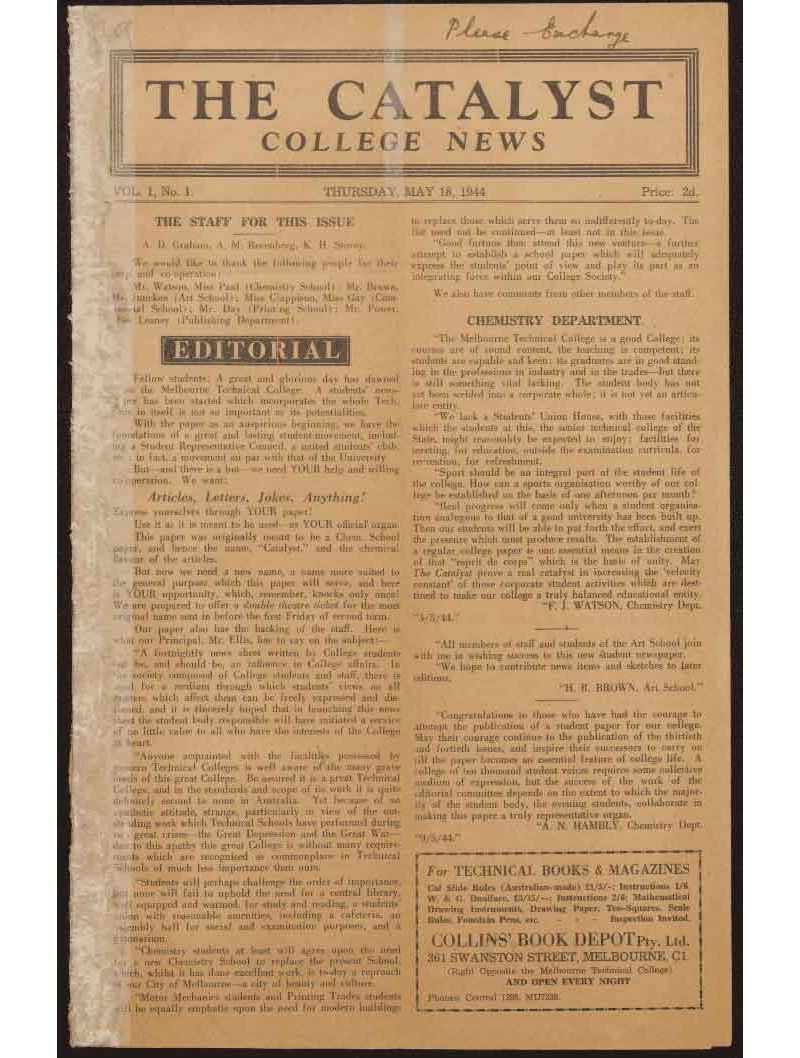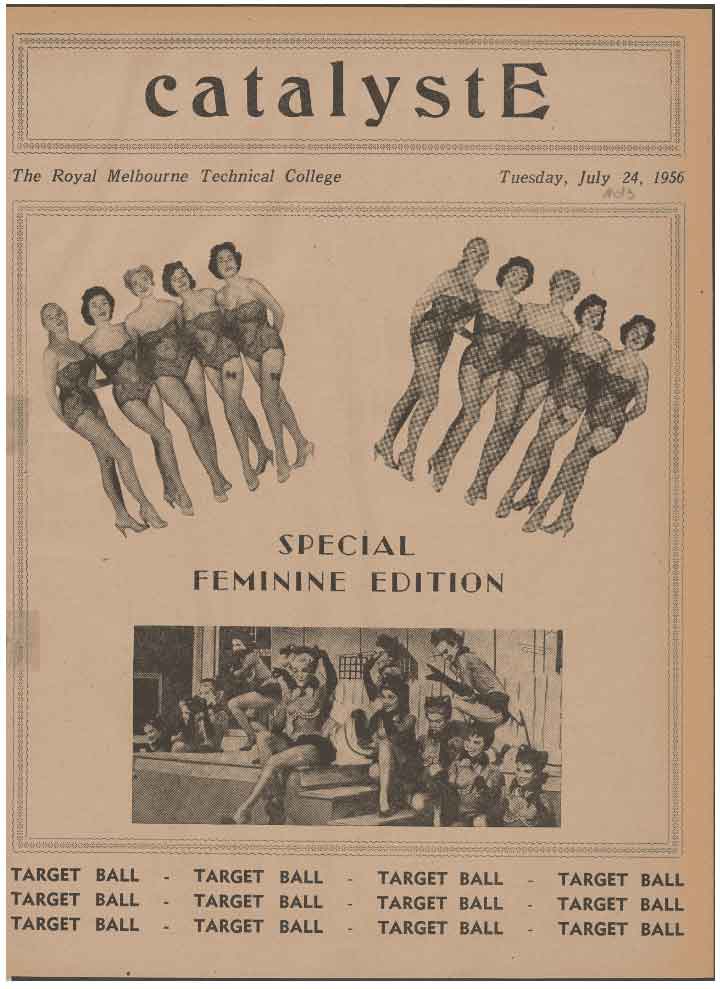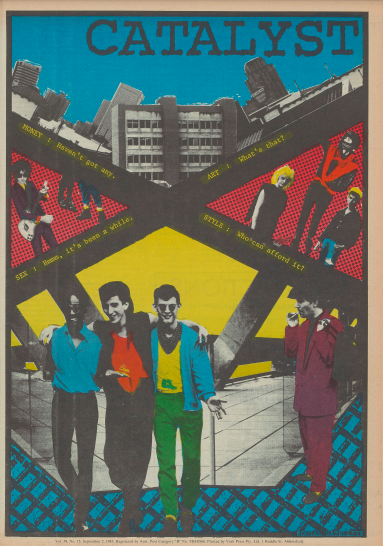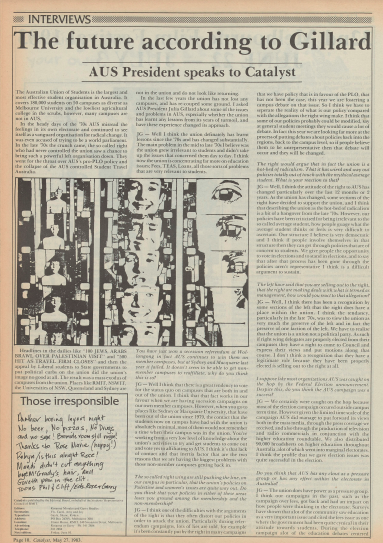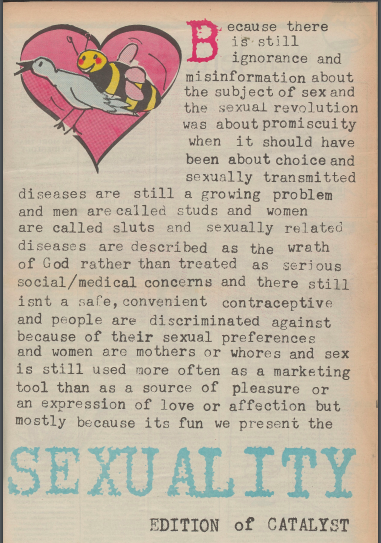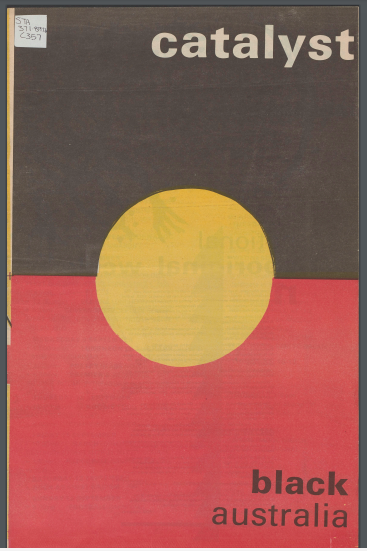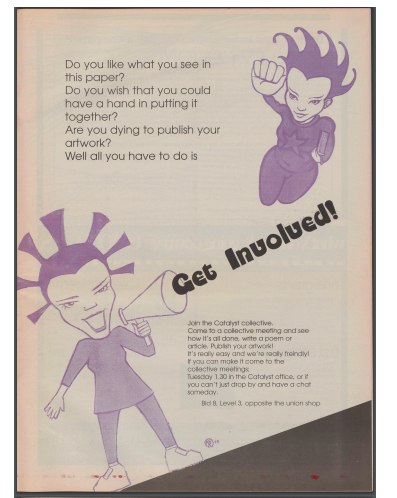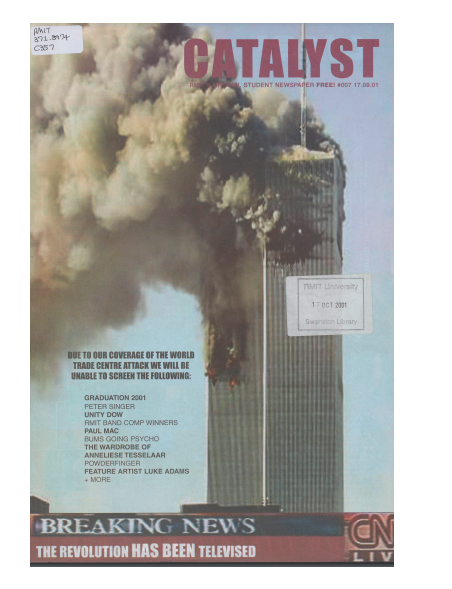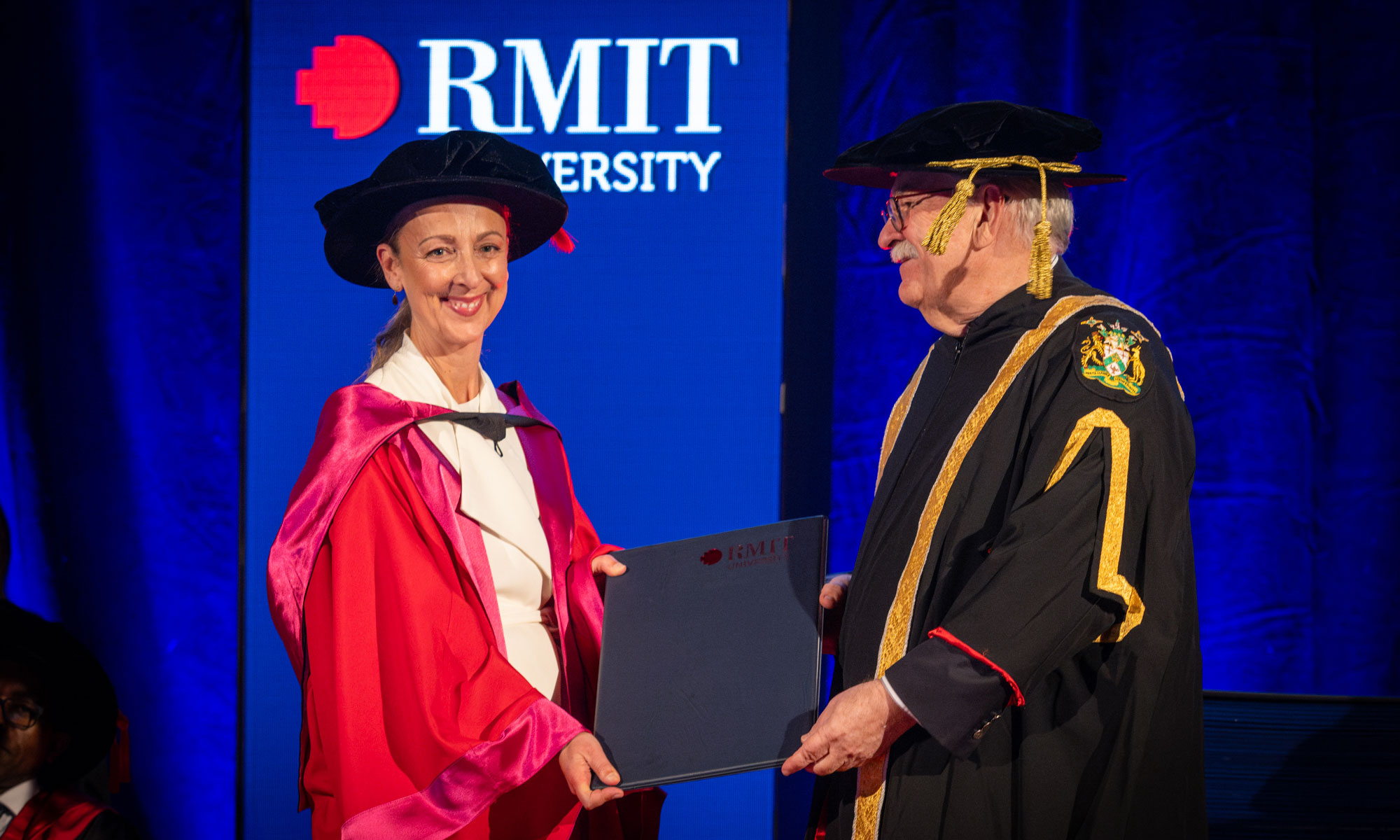New screen industry courses to address critical skills shortages
RMIT and the Australian Film Television and Radio School (AFTRS) will deliver new short courses to address specific screen skills shortages in Victoria.
Aussie kids let down by streaming algorithms: research
Amid a complex landscape of streaming algorithms, new research shows kids struggle to find local content among the flood of international options.
The ABC’s first female news director receives honorary doctorate
RMIT Council has acknowledged Kate Torney OAM for her contribution to media, arts and culture in Australia.
The McCraith 'Butterfly' House gives wing to exceptional creative works
A historic house on Port Phillip Bay offers a peaceful retreat for writers and artists alike, including RMIT’s first graduate residency prize winners, who will take up residencies as programs resume.
